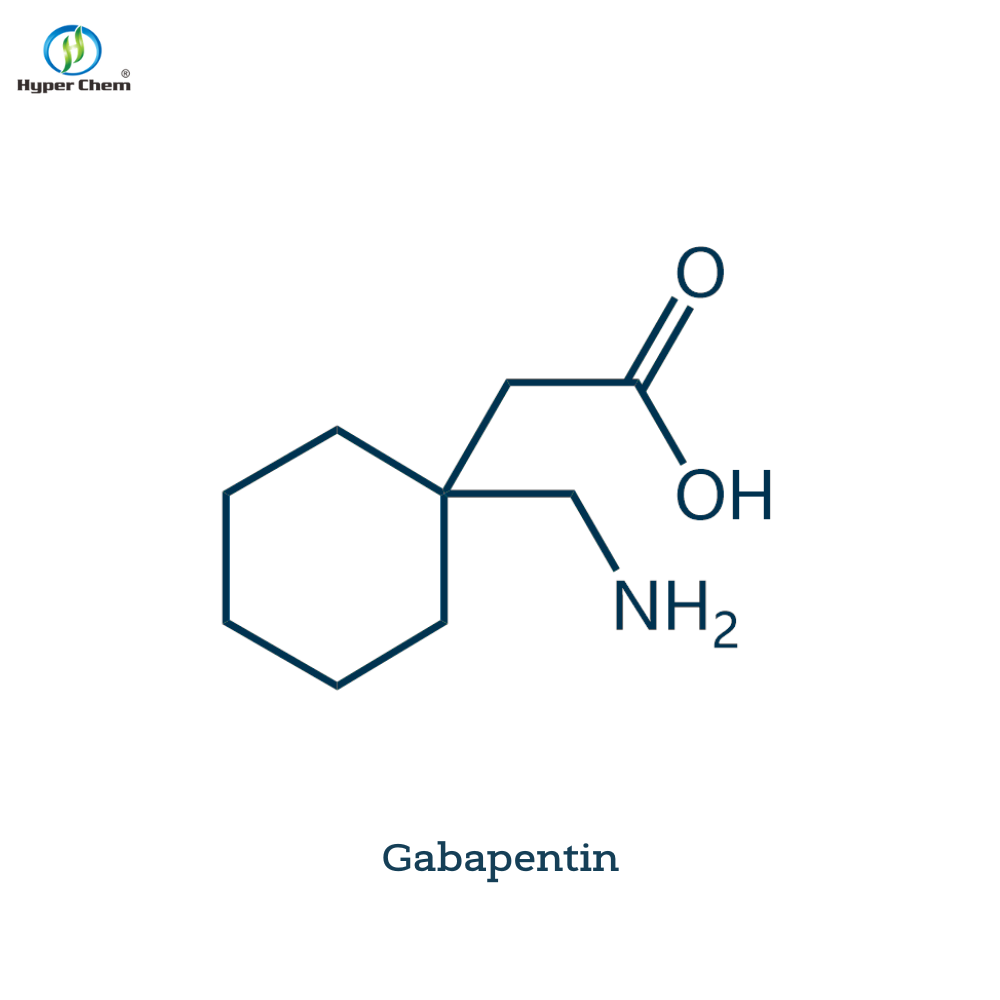Nat commun: a new method or hope to help study the pathogenesis of Parkinson's disease
-
Last Update: 2020-02-02
-
Source: Internet
-
Author: User
Search more information of high quality chemicals, good prices and reliable suppliers, visit
www.echemi.com
February 2, 2020 / BIOON / -- NMDARs (N-methyl-D-aspartate receptors) can be used as the valve of nerve cells to control the flow of electrical signals in the brain This special receptor is suspected to exist in a variety of nervous system diseases, including Alzheimer's disease, epilepsy, stroke and Parkinson's disease Recently, in a research report published in the international journal Nature communications, scientists from Cold Spring Harbor Laboratory and other institutions have developed a compound through research, which may help to more accurately investigate the activity of NMDARs Photo source: Furukawa Lab / CSHL, 2020 In this paper, the researchers describe in detail how the new compound inhibits or blocks the activity of specific NMDARs By inhibiting some NMDARs and allowing others to function normally, the researchers identify the key roles of different types of NMDA receptors in healthy and diseased brains In this study, we revealed the mechanism of a new compound, ubp791, targeting the NMDAR subunits glun2c and GluN2D, explained Jue Xiang Wang, a researcher At present, there is evidence that glun2c and GluN2D are related in the same brain area, and the motor function in this brain area will be affected by Parkinson's disease and other diseases If there is no good inhibitor, researchers can only speculate the role of glun2c and GluN2D receptors Now, researchers can inhibit the activities of glun2c and GluN2D receptors with high efficiency and specificity, and analyze their key roles in the pathogenesis of Parkinson's disease; they improve the compounds targeting NMDAR, and use X-ray crystallography technology to reproduce the physical structure of NMDAR, and clarify the structure of receptor is very important for scientists, and then The researchers were able to design a new compound ubp791 and improve it to make the latest version of the compound ubp1700 Wang, the researcher, said that ubp1700 is more accurate and has more potential than the previous version of the compound, which is very important, because at present, researchers only need a small amount of compounds to close the function of the targeted receptor, which limits the potential side-effect of the compound; later researchers will continue to work together to optimize the new compound to make it Can be more widely used Original sources: Wang, j.x., Irvine, M.W., Burnell, E.S et al Structural basis of subtype selective competitive antonism for glun2c / 2D containing NMDA receivers NAT Commission 11, 423 (2020) Doi: 10.1038/s41467-020-14321-0
This article is an English version of an article which is originally in the Chinese language on echemi.com and is provided for information purposes only.
This website makes no representation or warranty of any kind, either expressed or implied, as to the accuracy, completeness ownership or reliability of
the article or any translations thereof. If you have any concerns or complaints relating to the article, please send an email, providing a detailed
description of the concern or complaint, to
service@echemi.com. A staff member will contact you within 5 working days. Once verified, infringing content
will be removed immediately.







